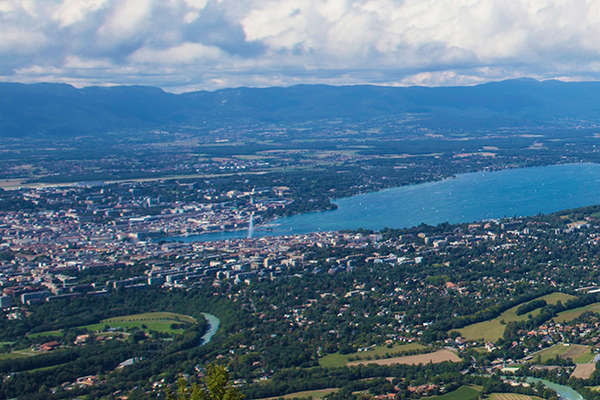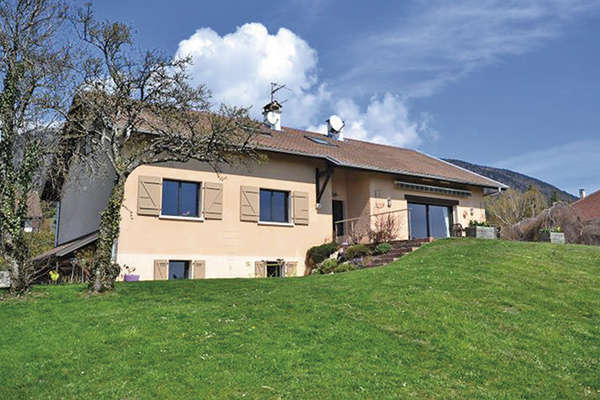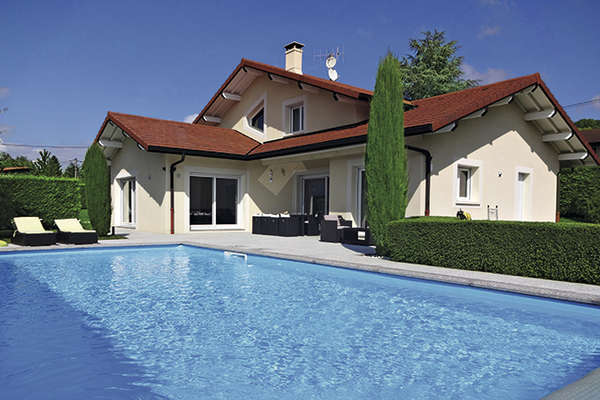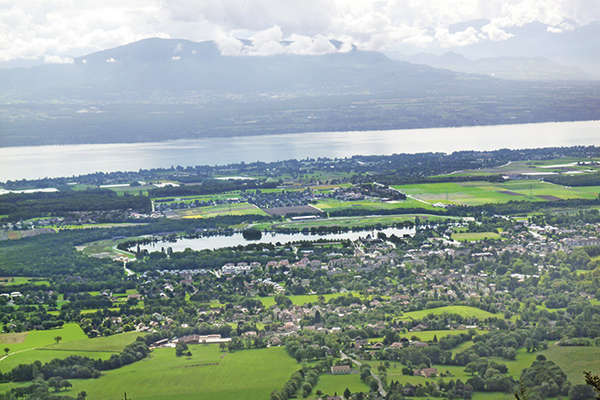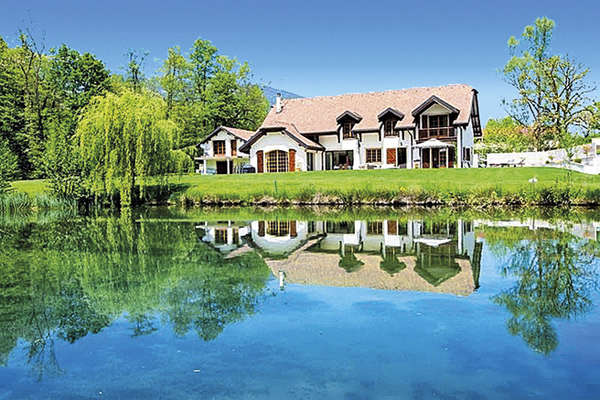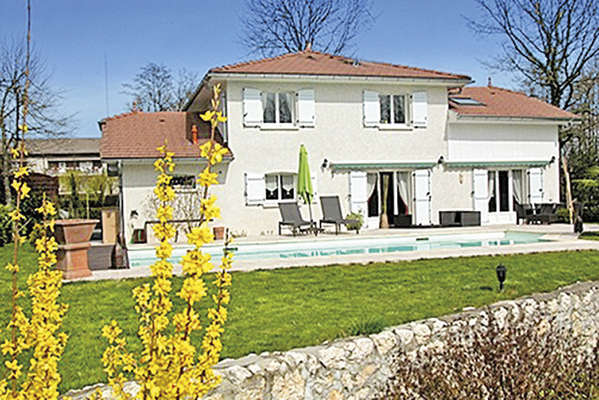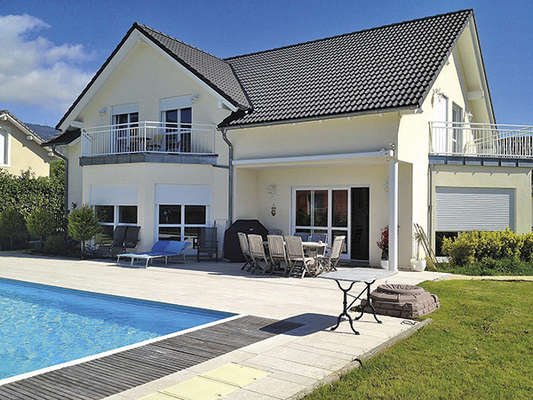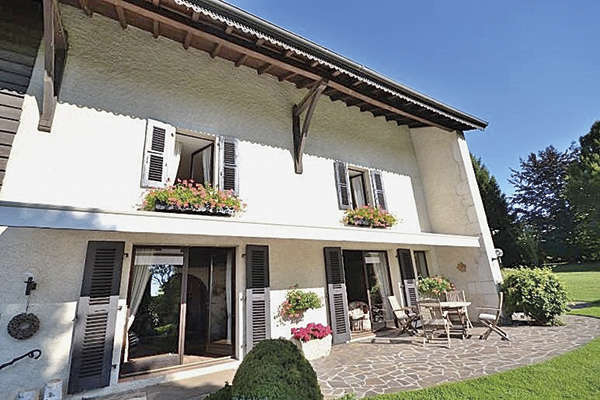Nantes, a city undergoing real change
By Laetitia Rossi - 13 May 2011
Between rehabilitated neighbourhoods, areas under construction and major projects, the capital of Loire-Atlantique is building its future on a large scale. Determined to capitalize on its natural assets as well as its existing advantages, it is sparing no effort. Each operation modifies the property map significantly : our estate-agents fill in the details...
Neighbourhoods being treated to renovation include Bout des Landes/Bruyères, scheduled for 2012, Le Breil Malville, with its four components : housing, shops, public premises and facilities, commenced at the turn of the 21st century, Dervallières, one of the oldest parts of Nantes, a decaying enclave for which the competent authorities have released 75.7 million euros between 2007 and 2011, and Clos-Toreau/Joliot-Curie, linked by the “busway” in the fall of 2006 and largely developed ever since. The industrial, working-class Bas-Chantenay lies between the Butte Sainte-Anne and the Loire. While insalubrious buildings and the riverbanks are being revamped, new developments rise from the ground. The east side of Nantes is also benefitting from this dynamic approach. Starting with Bottière-Chénaie, 86.5 acres of market gardens and wasteland slated to make room for 1,600 homes and 3,500 residents, a “green lung” very close to the old village of Doulon. Near the centre and pools of employment, Saint-Joseph-de-Porterie (over 111 acres), could also accommodate 1,400 new homes. “Nothing great is achieved without passion,” wrote Hegel. And it indeed required passion to design the Ile de Nantes, 865 acres on the banks of the Loire and at the heart of town. Over time, it should accommodate 10,000 homes and 15,000-20,000 residents, versus the 13,000 currently listed. Not forgetting the development of the CHU hospital centre, commercial premises, public transport networks, social, cultural and leisure infrastructures. Work began in 2002 with redevelopment of the Quai François-Mitterrand. At the same time, it was decided to renovate Malakoff, a housing development built in the 1960’s not far from the railway tracks. The city centre reflects the image of the Prefecture of “département 44”. Embellishment projects are naturally carried out : between Feltre-Calvaire, on the Rue d’Orléans, Rue des Carmes and Rue de Strasbourg, and even on Place Royale and the Quai de la Fosse.
“The centre is a market as highly-prized as it is complicated to work on, due to the shortage of available properties. In fact, the stock of properties to restore is declining visibly,” comments Vincent de Poulpiquet of Poulpiquet Immobilier. The sq. metre is pegged between 2,000 and 2,500 € when refurbishment is necessary, from 2,500 to 3,400 € once completed, depending on the appointments and neighbourhood. As buyers are increasingly less willing to take on the major venture implied by renovation, turnkey properties are doing extremely well and allow little leeway for negotiation. One buyer acquired an apartment of 96 m2 for 250,000 € : he gave it a lick of paint and converted the attic into an extra bedroom, selling it 18 months later for 290,000 €. Currently, a family is paying 289,000 € for a house of 130 m2, plus 80,000 € it will cost to refurbish. The rise in interest rates should help to stabilize prices.
“In the historic heart of town, the crisis is no longer a factor. Demand systematically outstrips supply. Here, the purchaser covers his investment in four to five years,” says Jérôme Champsavin of the Cabinet Champsavin - Vivre Ici. There is, however, a difference between the pre-2008 era and today : clients now show more maturity, real familiarity with the market and a certain taste for logic. Overvalued properties simply do not sell. The real challenge for Nantes is its management of traffic flows. In a few weeks, the stretch between the Cours des 50 Otages and Place Graslin will become pedestrian. The “Chronobus” is increasing its operating span and number of runs. “All measures are being taken to encourage the use of public transport and remove 30,000 cars from the traffic. This profound change could lead to a radical shift in buyer profiles. Students and singles will probably welcome the initiative. But what about families obliged to use a personal car on an everyday basis ?” For the test to be conclusive, transport solutions must fully meet expectations and display a perfect balance between the needs and desires of residents, tourists, students and businesses. Recent transactions orchestrated by the Cabinet de Champsavin include an apartment of 110 m2 in need of some refreshment in a luxury residence at Saint-Clément, acquired by a senior citizen for 2,850 €/m2 ; another of 130 m2 in the same condition at Préfecture, with a balcony, garage and elevator, bought by a family thinking about schools for 3,000 €/m2 ; and a third example of 77 m2, between the Place de l’Edit de Nantes and Canclaux, in need of modernization, acquired for 2,400 €/m2 by a retiree wanting to be closer to amenities.
“In Chantenay, building land has been acquired and built on by property developers when shops opened their doors, giving the site fresh appeal,” says Nicolas Martinez of Guy Hoquet L’Immobilier. Old apartments cost 2,000-2,500 €/m2, new ones 2,750-3,500 €/m2. Here, young couples who are first-time buyers can benefit from homes of 80-100 m2 with gardens of 150-300 m2 priced between 220,00 and 250,000 €, the sum required, for example, for a standard 2-bedroom apartment in the town centre. Just last year, the add-ress was a fall-back alternative. Now, many believe in its potential. Investors, representing 20 % of those concerned, target living space of 18 to 30 m2 and a gross return of 7 %. Some time ago, people lived in Dalby by necessity rather than choice. The trend seems to have been reversed : you now can find a home to renovate for 1,600-1,800 €/m2 and hope to resell it revamped for 2,200-2,300 €. One inspired client spent 90,000 € for an apartment of 50 m2 in February and resold it for 137,000 € in April after investing only 12,000 € on refurbishment. Malakoff also illustrates this desire for urban renewal. It can be seen in its shops, restaurants and a brand new college. In the first half of 2011, one needed a budget of 260,000 € for a detached house of 100 m2 freshly risen from the ground with a garage ; 94,000 € for an apartment of 50 m2 sold “as is” ; and 103,000 € for a revamped apartment of 47 m2. Finally, owners on the Ile de Nantes have every reason to rejoice. A 3-bedroom apartment of 90 m2 with a terrace of 35 m2 facing south and a double garage, priced at 265,000 € in its future state of completion in late 2007, left the agency’s files in September, 2010, for 391,000 €. A 2-bedroom apartment of 62 m2, priced at 104,000 € in 2002, changed hands in early 2011 at 193,000 €. If an investment is believed to be sound, yield is taken less into consideration than long-term asset value.
